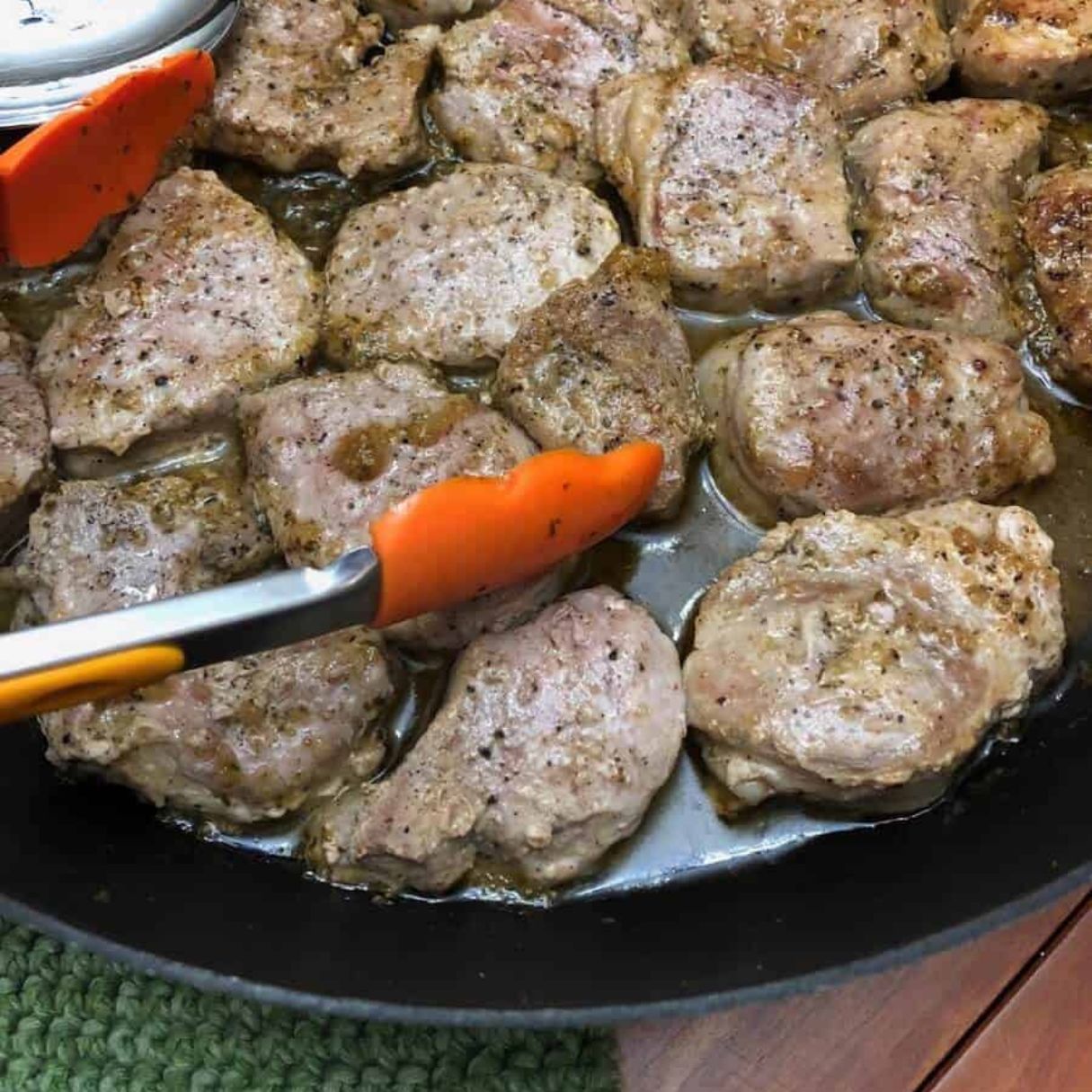

Articles
How To Cook Pork Loin On Stove Top
Modified: January 6, 2024
Learn the best techniques for cooking pork loin on the stove top with these helpful articles. Master the art of stovetop cooking with pork loin and create delicious meals at home.
(Many of the links in this article redirect to a specific reviewed product. Your purchase of these products through affiliate links helps to generate commission for Storables.com, at no extra cost. Learn more)
Introduction
Welcome to this guide on how to cook pork loin on the stove top. Pork loin is a versatile and flavorful cut of meat that can be enjoyed in various dishes. Whether you’re looking to cook a delicious weeknight dinner or impress guests with a gourmet meal, mastering the art of cooking pork loin on the stove top is a valuable skill to have.
By following the step-by-step instructions in this article, you’ll learn how to choose the perfect pork loin, season it to enhance its flavors, prepare your stove for cooking, and cook the pork loin to perfection. We’ll also cover tips and variations to help you customize your dish to suit your taste preferences.
Before we dive into the cooking process, it’s important to understand the importance of selecting and preparing the right pork loin. The quality of the meat will greatly influence the taste and tenderness of the final dish. Look for a pork loin that has a good amount of marbling and a pinkish color, indicating freshness. Additionally, consider the size of the pork loin based on the number of servings you intend to make.
Once you have chosen the perfect pork loin, it’s time to season it. Seasoning is a crucial step in adding flavor and enhancing the taste of the meat. There are countless seasoning options to choose from, ranging from simple salt and pepper to more complex spice blends. Select a seasoning blend that complements the flavors of pork, such as garlic powder, paprika, dried thyme, or rosemary.
Preparing your stove top for cooking the pork loin is the next step. Ensure that your stove is clean and free from any debris or grease that might affect the cooking process. You’ll need a large, heavy-bottomed skillet or frying pan to achieve even heat distribution and prevent the pork loin from sticking to the surface.
Now that you have prepped the pork loin and stove top, it’s time to start cooking. This article will guide you through the process of cooking the pork loin on the stove top, including techniques for achieving a golden brown crust and juicy interior.
Throughout the cooking process, it’s important to monitor the pork loin to ensure that it is cooked to the desired level of doneness. Overcooking can result in dry and tough meat, while undercooking can lead to a risk of foodborne illnesses. Pay attention to the internal temperature using a meat thermometer to achieve the perfect balance of tenderness and safety.
Once the pork loin is cooked to perfection, it’s crucial to let it rest before slicing and serving. Resting allows the juices to redistribute within the meat, resulting in a more succulent final dish.
In this article, we’ll also provide you with tips and variations to help you experiment with different flavors and cooking techniques. Whether you prefer a classic herb-crusted pork loin or a spicy glazed version, the possibilities are endless.
Now that we have covered the essentials, let’s dive into the step-by-step process of cooking pork loin on the stove top. Get ready to elevate your culinary skills and create a mouthwatering pork loin dish that will impress family and friends!
Key Takeaways:
- Elevate your culinary skills by mastering the art of cooking pork loin on the stove top. From choosing the perfect cut to achieving a golden brown crust, this guide provides step-by-step instructions for a mouthwatering dish.
- Experiment with different seasonings, glazes, and cooking techniques to customize your stove top cooked pork loin. Pair it with complementary sides and creatively use leftovers for a versatile and flavorful dining experience.
Read more: How Long To Cook Pulled Pork On Stove Top
Choosing and Preparing the Pork Loin
Choosing the right pork loin is crucial for a successful cooking experience. Here are some tips to help you select and prepare the perfect pork loin:
- Quality: Look for a pork loin with a good amount of marbling, which is the fat running through the meat. This marbling will add flavor and tenderness to the finished dish. The color of the pork loin should be pinkish, indicating freshness. Avoid any pork loin that has a grayish color or an unpleasant odor.
- Size: Consider the size of the pork loin based on the number of servings you intend to make. A typical pork loin weighs around 2 to 3 pounds and can serve approximately 4 to 6 people. If you need more or fewer servings, adjust the size accordingly.
- Trimming: Before cooking, it’s important to trim any excess fat or connective tissue from the pork loin. Leaving a thin layer of fat can add flavor and moisture during the cooking process, but make sure to remove any large chunks or tough pieces.
- Tenderizing: To enhance the tenderness of the pork loin, you can use a meat tenderizer or a fork to make shallow cuts all over the surface. This will help the seasonings penetrate the meat and ensure even cooking.
After selecting and preparing the pork loin, it’s time to move on to the next step, which is seasoning the meat to enhance its flavors. In the upcoming section, we will explore different seasoning options and techniques to bring out the best in your pork loin.
Seasoning the Pork Loin
Seasoning is a crucial step in bringing out the flavors of the pork loin. Here are some tips and techniques to help you season your pork loin for a delicious and flavorful outcome:
- Salt and Pepper: The classic combination of salt and pepper is a great starting point for seasoning your pork loin. Sprinkle a generous amount of salt and freshly ground black pepper all over the pork loin, ensuring that every side is evenly coated.
- Herbs and Spices: Adding herbs and spices can elevate the taste of your pork loin. Consider using ingredients like garlic powder, paprika, dried thyme, rosemary, or a blend of your favorite herbs and spices. Create a dry rub by mixing the herbs and spices together, then pat the mixture onto the pork loin, ensuring it adheres to the surface.
- Marinades and Sauces: If you prefer a more intense and flavorful pork loin, you can marinate it in a mixture of herbs, spices, and liquids. Choose a marinade that complements the flavors of pork, such as a combination of soy sauce, Worcestershire sauce, garlic, and honey. Let the pork loin marinate in the mixture for at least 30 minutes or overnight in the refrigerator for maximum flavor infusion.
- Oil: To prevent the pork loin from sticking to the pan and to enhance browning, you can brush or rub a small amount of oil on all sides of the meat. Use a neutral oil with a high smoke point, such as vegetable or canola oil.
Once you have seasoned the pork loin, let it sit at room temperature for about 30 minutes to allow the flavors to meld and penetrate the meat. This will result in a more flavorful and evenly seasoned dish.
Now that your pork loin is perfectly seasoned, it’s time to prepare your stove for cooking. In the upcoming section, we will go through the steps to ensure that your stove is ready for the cooking process.
Preparing the Stove
Preparing your stove properly is essential for achieving even heat distribution and preventing the pork loin from sticking to the surface. Follow these steps to ensure your stove is ready for cooking the pork loin:
- Clean the Stove: Start by thoroughly cleaning the stove top to remove any debris, grease, or food remnants. This will help prevent unwanted flavors and ensure a clean cooking surface.
- Select the Right Cookware: Choose a large, heavy-bottomed skillet or frying pan that can accommodate the size of your pork loin. A heavy-bottomed pan will help maintain even heat distribution and prevent hot spots.
- Preheat the Pan: Place the skillet or frying pan over medium-high heat and allow it to preheat for a few minutes. Preheating the pan will ensure that the pork loin cooks evenly and develops a delicious golden brown crust.
- Add Oil or Butter: Once the pan is preheated, you can add a small amount of oil or butter to the pan. Swirl the oil or melt the butter to evenly coat the surface of the pan.
- Heat Control: Adjust the heat to medium or medium-high, depending on your stove’s temperature settings. Maintain a consistent heat level throughout the cooking process to ensure that the pork loin cooks evenly and doesn’t burn.
Once you have prepared your stove, it’s time to start cooking the pork loin on the stove top. In the upcoming section, we will guide you through the process of cooking the pork loin to perfection, from achieving a golden brown crust to ensuring a juicy interior.
Cooking the Pork Loin on the Stove Top
Now that you have prepared the pork loin and the stove, it’s time to start cooking. Follow these steps to cook the pork loin on the stove top:
- Heat the Pan: Place the preheated skillet or frying pan on the stove top over medium-high heat. Allow the pan to heat up for a minute or two.
- Add the Pork Loin: Carefully place the seasoned pork loin into the hot pan. You should hear a sizzling sound when the pork loin hits the pan, which indicates that the heat is sufficient.
- Sear the Pork Loin: Cook the pork loin undisturbed for about 3-4 minutes on each side, or until a golden brown crust forms. This initial searing step helps lock in the juices and creates a flavorful exterior.
- Reduce the Heat: Once the pork loin is seared on all sides, reduce the heat to medium-low or low. This lower heat setting will allow the pork loin to cook through evenly without burning the exterior.
- Cover the Pan: Cover the pan with a lid to trap the heat and create a moist cooking environment. This will help prevent the pork loin from drying out during the cooking process.
- Cooking Time: The cooking time will vary depending on the size and thickness of the pork loin. As a general guideline, cook the pork loin for about 20-25 minutes per pound, or until the internal temperature reaches 145°F (63°C) for medium-rare, or 160°F (71°C) for medium. Use a meat thermometer to accurately measure the internal temperature.
While cooking the pork loin, you may flip it occasionally to ensure even cooking on all sides. However, avoid excessive flipping, as it can cause the pork loin to lose its crust and increase the likelihood of overcooking.
During the cooking process, it’s important to monitor the temperature and make adjustments to the heat as needed. This will help you achieve the desired level of doneness and prevent overcooking or undercooking the pork loin.
Once the pork loin reaches the desired internal temperature, it’s time to remove it from the heat and let it rest before slicing and serving. Resting the pork loin allows the juices to redistribute and ensures a tender and succulent final dish.
In the next section, we will discuss how to monitor the cooking process and determine the doneness of the pork loin.
For a juicy and flavorful pork loin on the stove top, sear the loin on all sides in a hot pan before finishing it in the oven at 375°F until it reaches an internal temperature of 145°F. Let it rest for 3-5 minutes before slicing.
Read more: How Long To Cook Pork Chops On The Stove Top
Monitoring the Cooking Process
Properly monitoring the cooking process is essential to ensure that the pork loin is cooked to the desired level of doneness. Here are some tips to help you monitor and control the cooking process:
- Use a Meat Thermometer: The most accurate way to determine the doneness of the pork loin is by using a meat thermometer. Insert the thermometer into the thickest part of the meat, away from any bones, and ensure that it reaches the desired internal temperature. For a medium-rare pork loin, aim for an internal temperature of 145°F (63°C), while a medium pork loin should reach 160°F (71°C).
- Check for Juices: Another indicator of the pork loin’s doneness is the color of the juices that are released while cooking. As the pork loin cooks, the juices should turn from pink to clear or slightly yellowish. This indicates that the meat is cooked through.
- Visual Inspection: You can also visually inspect the exterior of the pork loin for signs of doneness. A well-cooked pork loin should have a golden brown crust and firm but not hard texture. If the crust is too dark or burnt, reduce the heat to ensure even cooking.
Remember that the cooking time will vary depending on the size and thickness of the pork loin. It’s important to use the meat thermometer as the most accurate method of determining doneness rather than relying solely on cooking time.
Once the pork loin reaches the desired level of doneness, remove it from the heat and allow it to rest before proceeding to the next step. Resting the cooked pork loin is essential to let the juices redistribute within the meat, resulting in a more flavorful and tender final dish.
In the next section, we will discuss the importance of resting the pork loin and the proper method of slicing and serving it.
Resting and Serving the Pork Loin
Resting the pork loin after cooking is a crucial step to ensure that it remains juicy and flavorful. Here’s how to properly rest and serve the pork loin:
- Remove from Heat: Once the pork loin has reached the desired level of doneness, carefully transfer it from the pan to a cutting board. Use tongs or a large fork to handle the meat, as it will be hot.
- Cover with Foil: Tent the pork loin loosely with aluminum foil. This will help retain the heat and allow the juices to redistribute within the meat as it rests.
- Resting Time: Let the pork loin rest for at least 10-15 minutes. This resting period allows the meat to relax and the juices to evenly distribute. Resting also helps to improve the tenderness and juiciness of the pork loin.
- Slicing the Pork Loin: After the resting period, it’s time to slice the pork loin. Use a sharp knife to cut thin slices against the grain of the meat. Cutting against the grain ensures that each slice is tender and easy to chew.
- Serving: Arrange the sliced pork loin on a serving platter or individual plates. You can garnish it with fresh herbs, such as parsley or thyme, for added aroma and visual appeal.
The properly rested and sliced pork loin is now ready to be served. This versatile dish can be enjoyed on its own as the main course or incorporated into various recipes, such as sandwiches, salads, or stir-fry dishes. Serve alongside your favorite sides, such as roasted vegetables, mashed potatoes, or a fresh salad, to complete the meal.
Now that you know how to properly rest and serve the pork loin, let’s explore some tips and variations to help you experiment and customize your dish.
Tips and Variations
Here are some tips and variations to help you enhance and customize your stove top cooked pork loin:
- Brine the Pork Loin: Before cooking, you can brine the pork loin to ensure it stays moist and flavorful. A simple brine solution of salt, sugar, and water can be used to soak the pork loin for a few hours or overnight. This step adds extra moisture and enhances the overall taste of the meat.
- Experiment with Seasonings: While salt and pepper are classic seasonings for pork loin, feel free to experiment with different herbs and spices. Try adding cumin, coriander, chili powder, or even a touch of cinnamon for a unique flavor profile.
- Add a Glaze or Sauce: For an extra burst of flavor, you can glaze the pork loin during the cooking process or serve it with a flavorful sauce. Brush on a glaze made from ingredients like honey, mustard, soy sauce, or balsamic vinegar to create a sticky and sweet coating on the pork. Alternatively, serve the cooked pork loin with a creamy mushroom sauce or a tangy apple chutney.
- Try Different Cooking Techniques: While this article focuses on stove top cooking, you can also explore other cooking methods to prepare your pork loin. Consider grilling, roasting in the oven, or even slow cooking in a crockpot for different textures and flavors.
- Pair with Complementary Sides: Consider serving the cooked pork loin with sides that complement its flavors. Roasted vegetables, such as carrots, potatoes, or Brussels sprouts, make a great accompaniment. You can also serve it with a fresh salad, creamy mashed potatoes, rice pilaf, or a tangy coleslaw.
- Use Leftovers Creatively: If you have any leftover cooked pork loin, don’t let them go to waste. Use the meat in sandwiches, wraps, or tacos. You can also chop it up and toss it into a stir-fry or use it as a topping for salads.
Remember, cooking is an art, and these tips and variations are just a starting point. Feel free to get creative in the kitchen and adapt the recipes to suit your taste preferences.
Now that we have covered the tips and variations, it’s time to wrap up this article. Cooking pork loin on the stove top is a rewarding and delicious process that allows you to savor tender and flavorful meat. With practice and experimentation, you’ll soon become a master at cooking pork loin to perfection.
So, gather your ingredients, follow the steps outlined in this article, and enjoy the mouthwatering results of your stove top cooked pork loin. Happy cooking!
Conclusion
Cooking pork loin on the stove top is a versatile and flavorful way to prepare this delicious cut of meat. By following the step-by-step instructions in this guide, you have learned how to choose the right pork loin, season it to perfection, prepare your stove for cooking, and cook the pork loin to your desired level of doneness. Monitoring the cooking process and properly resting the pork loin are essential for achieving juicy and tender results.
Throughout the cooking journey, we have provided tips and variations to help you customize your dish. Whether you decide to brine the pork loin, experiment with different seasonings, add a glaze or sauce, or explore different cooking techniques, you have the freedom to create a unique and delicious pork loin dish that suits your taste preferences.
Remember to pair your stove top cooked pork loin with complementary sides to enhance the overall dining experience. Roasted vegetables, mashed potatoes, rice pilaf, or a fresh salad can gracefully complement the flavors of the pork loin.
Leftovers can be used creatively in sandwiches, wraps, tacos, salads, or stir-fries, allowing you to enjoy the succulent pork loin in various ways.
As you continue to hone your cooking skills, don’t be afraid to experiment and adapt the recipes to your liking. Cooking is an art form, and each dish can be a unique creation that reflects your personal touch and creativity.
Now that you have all the knowledge and techniques for stove top cooking pork loin, it’s time to put them into practice. Gather your ingredients, follow the steps, and enjoy the mouthwatering results of your efforts.
With practice and experience, you’ll be able to create memorable meals with perfectly cooked stove top pork loin that will delight your family and friends. So, let the culinary adventure begin, embrace the joy of cooking, and savor the flavors of a well-prepared pork loin dish!
Frequently Asked Questions about How To Cook Pork Loin On Stove Top
Was this page helpful?
At Storables.com, we guarantee accurate and reliable information. Our content, validated by Expert Board Contributors, is crafted following stringent Editorial Policies. We're committed to providing you with well-researched, expert-backed insights for all your informational needs.
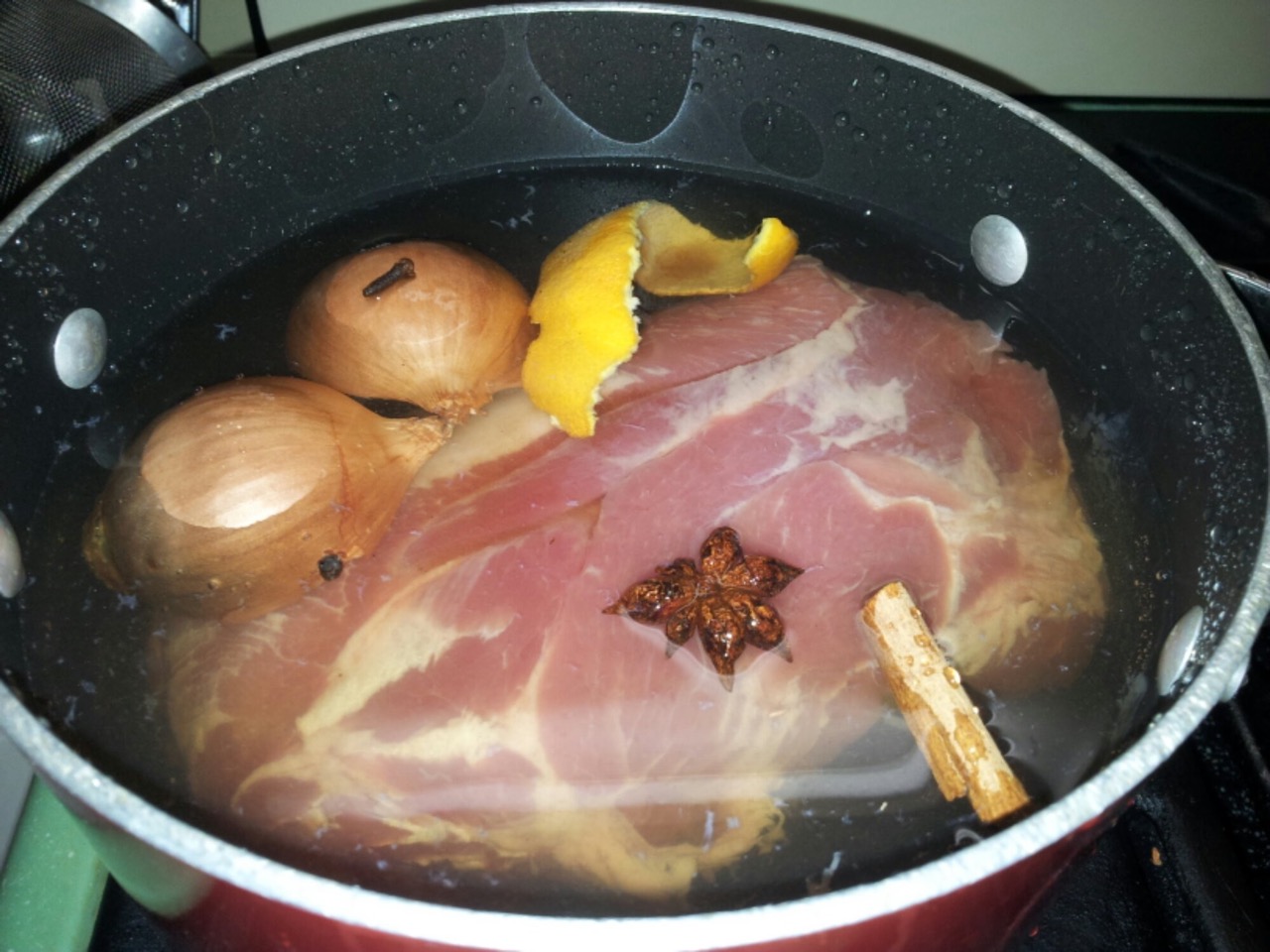
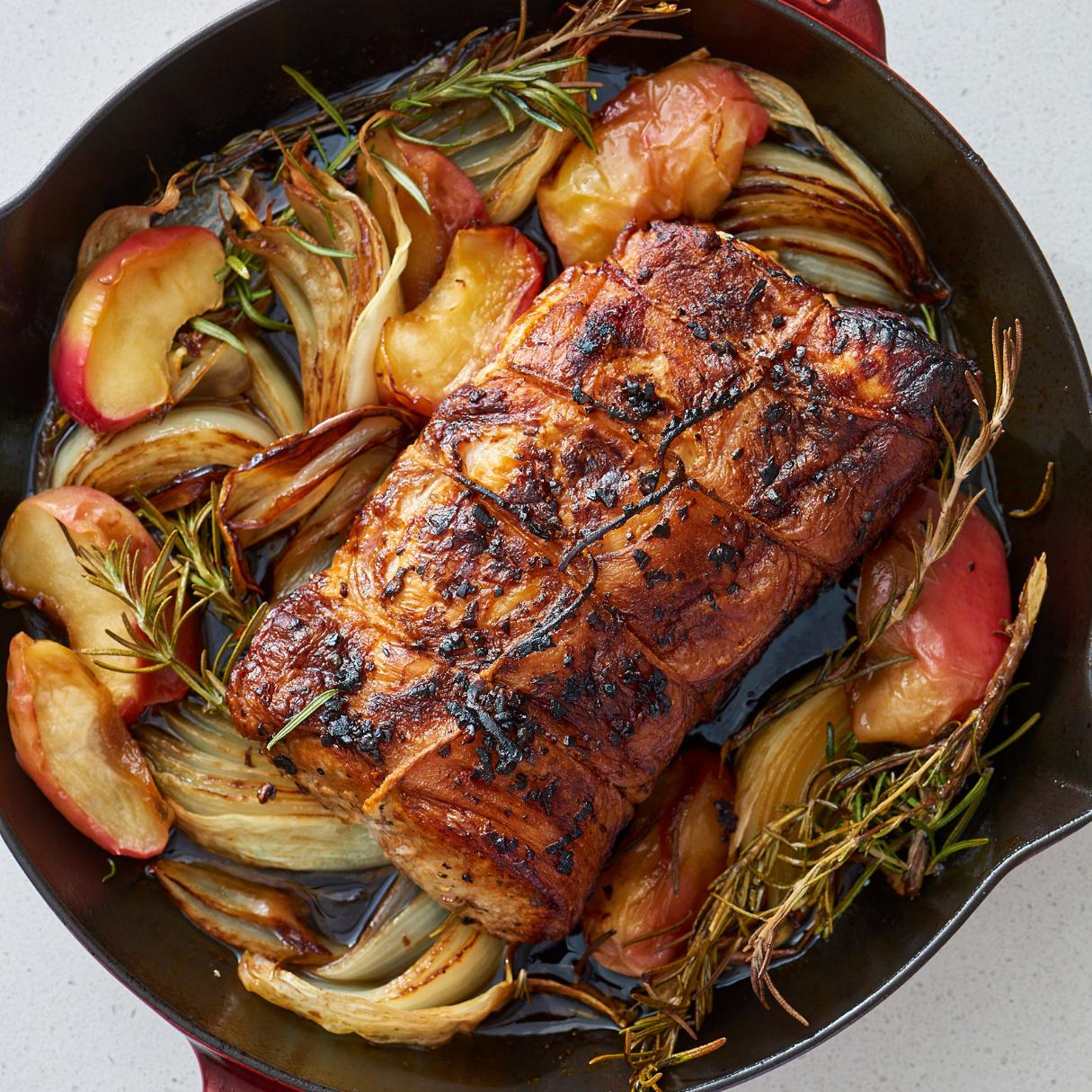
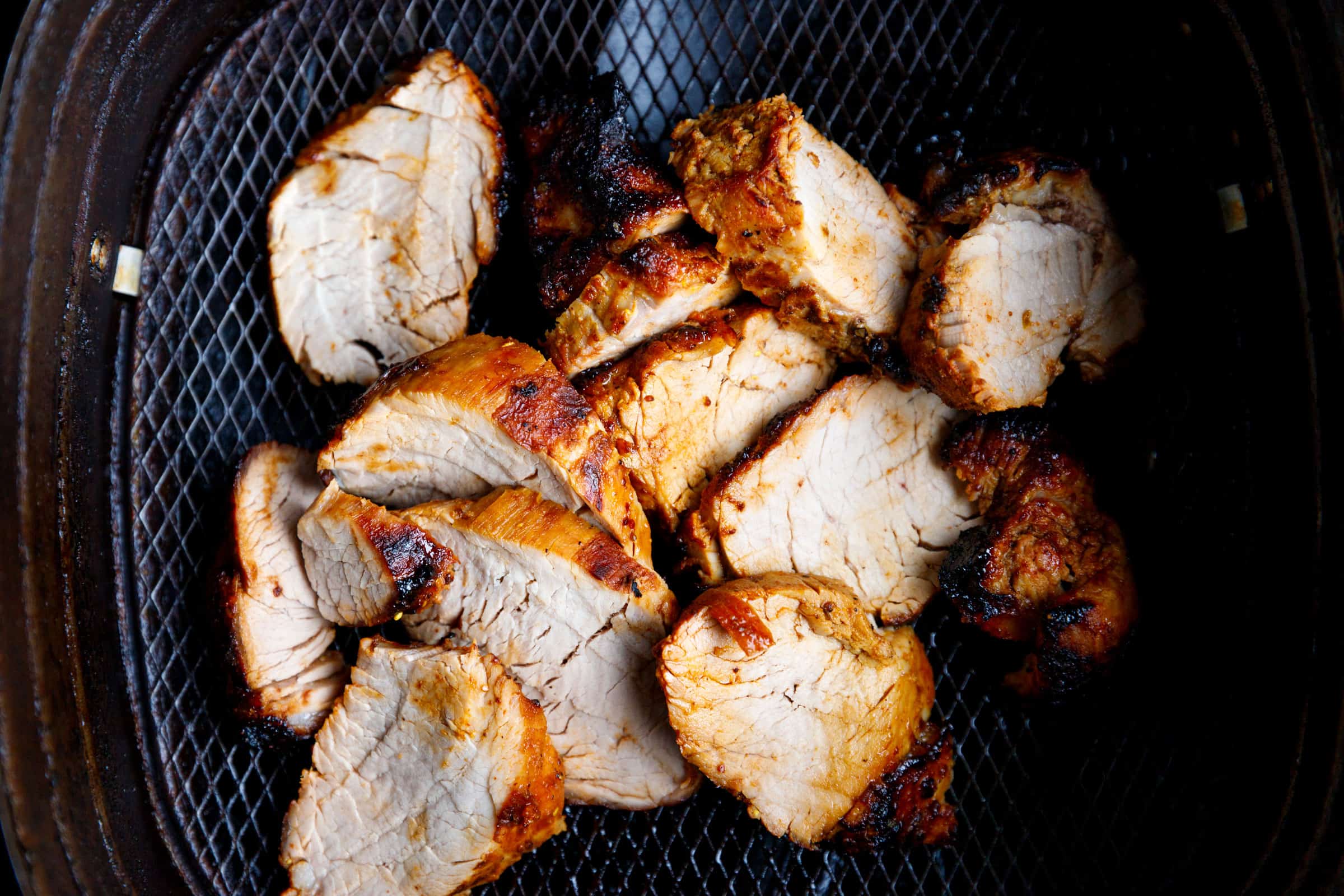
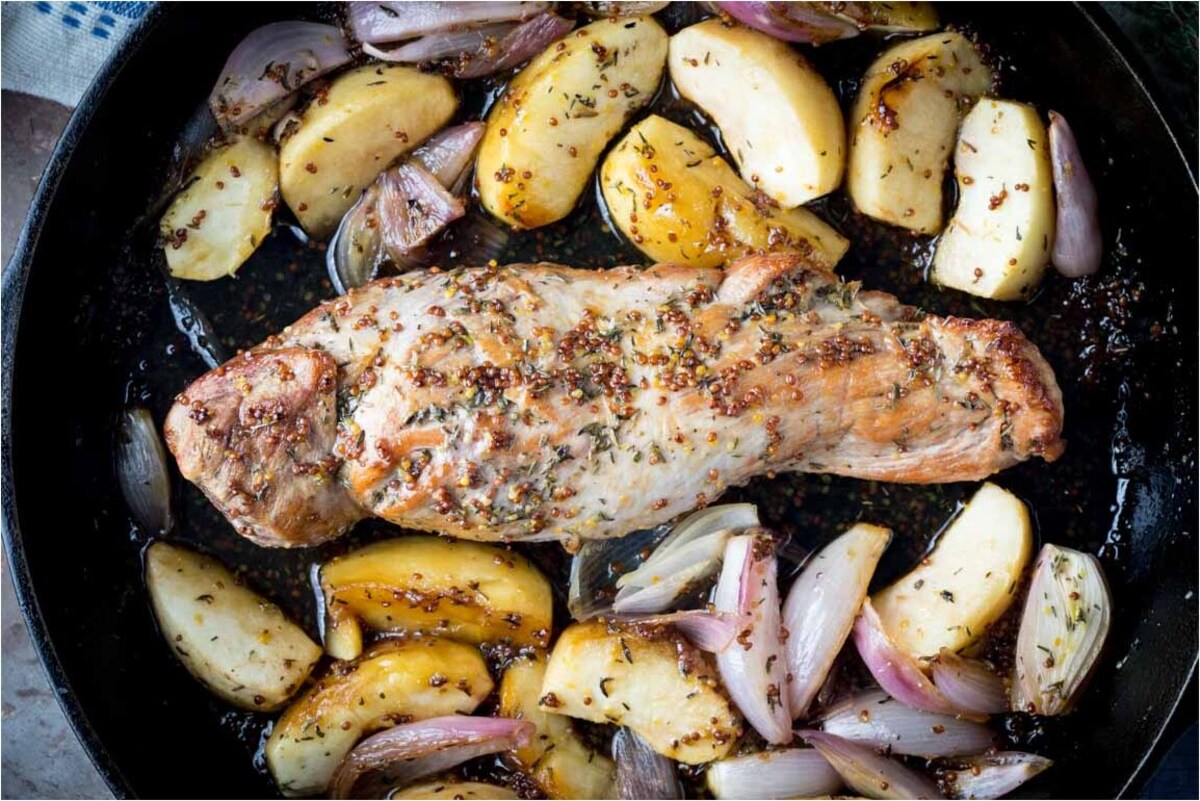

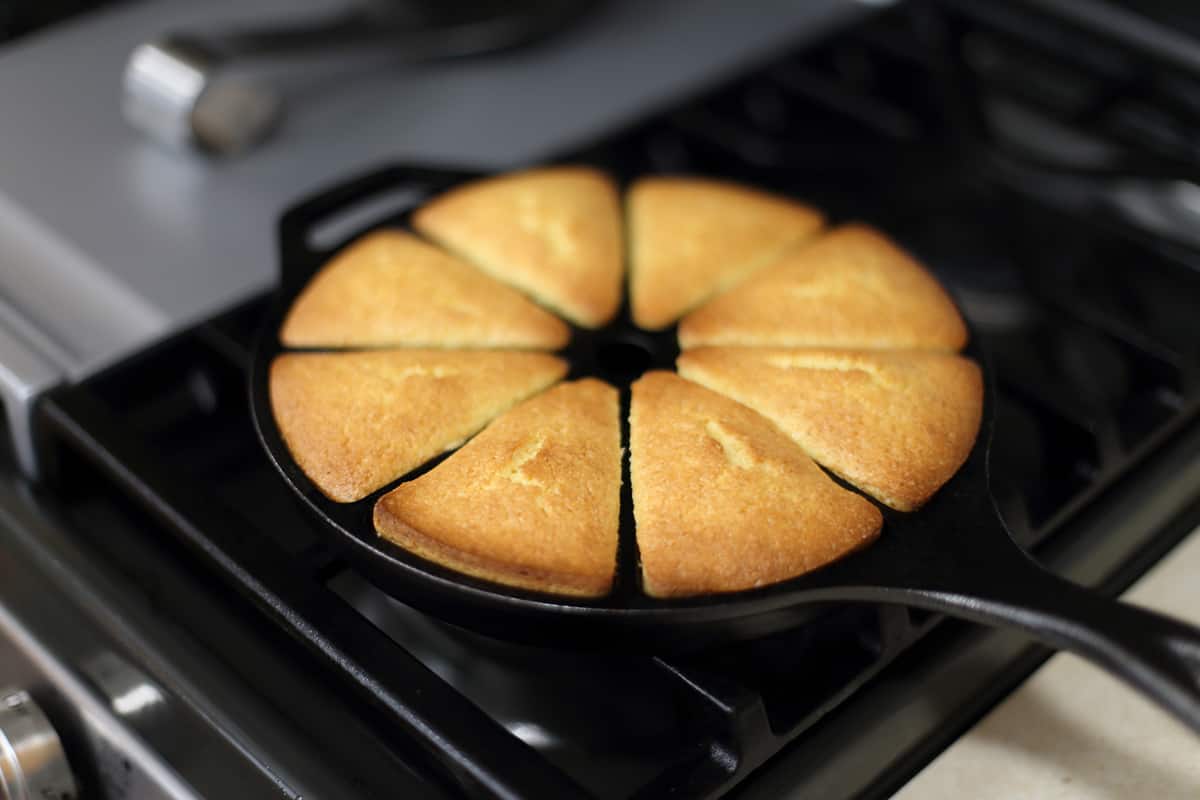
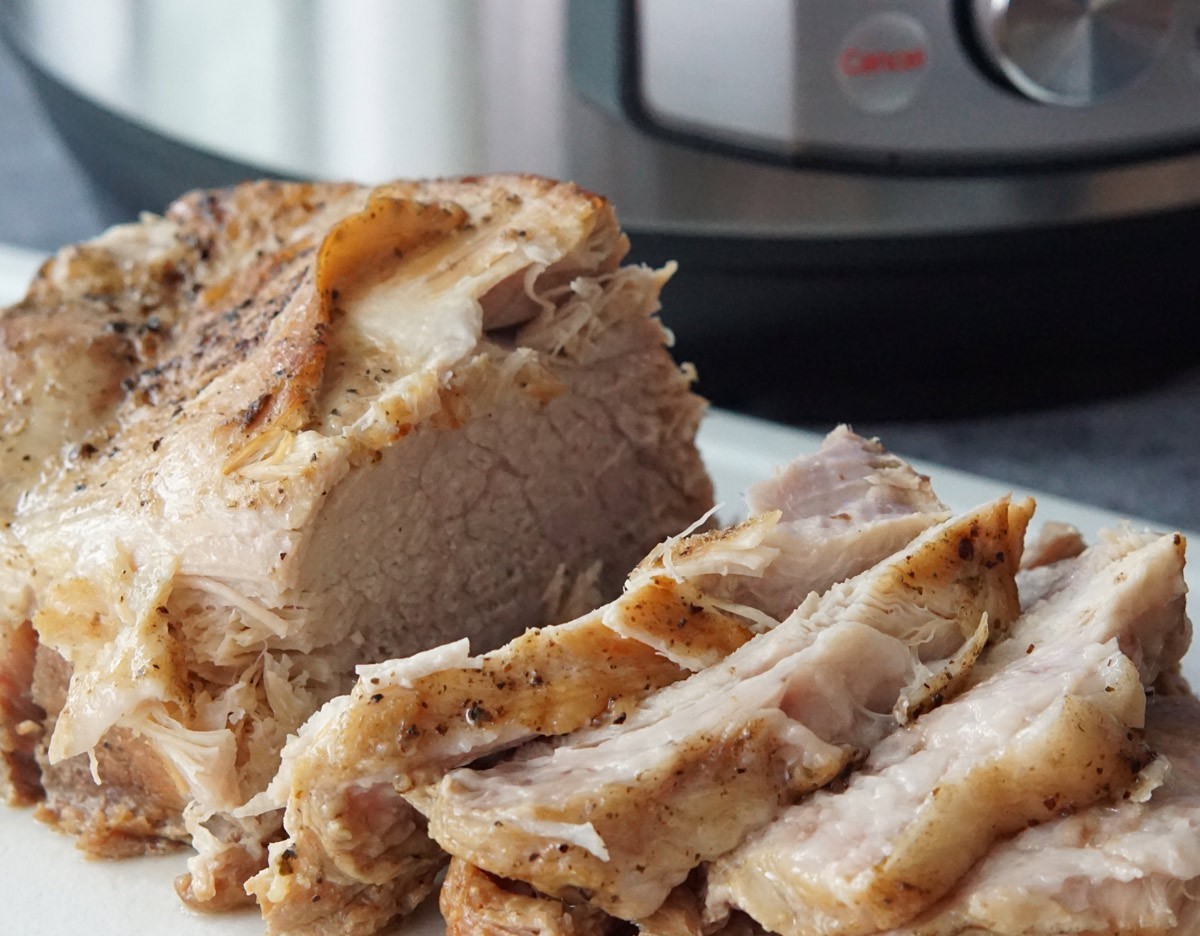
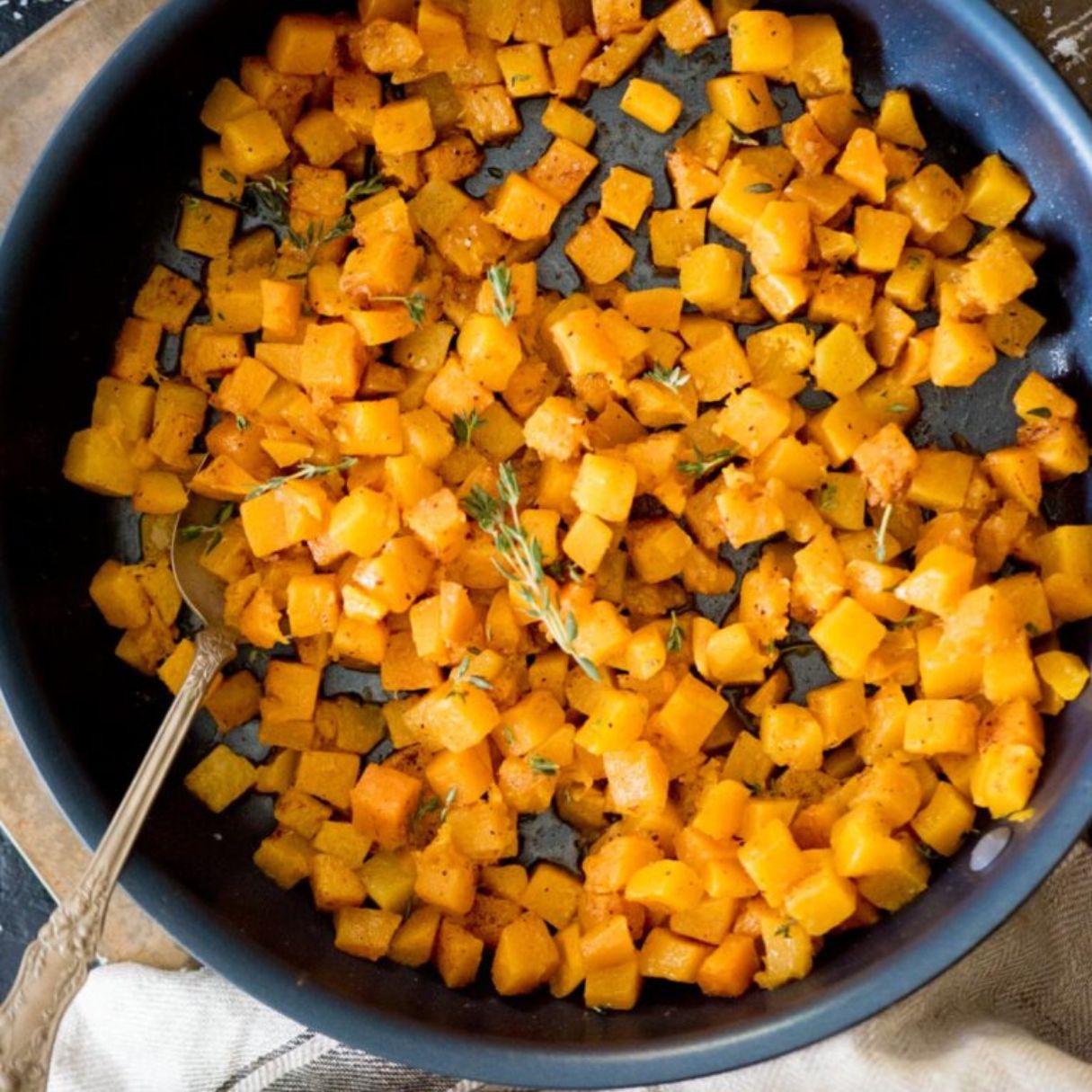
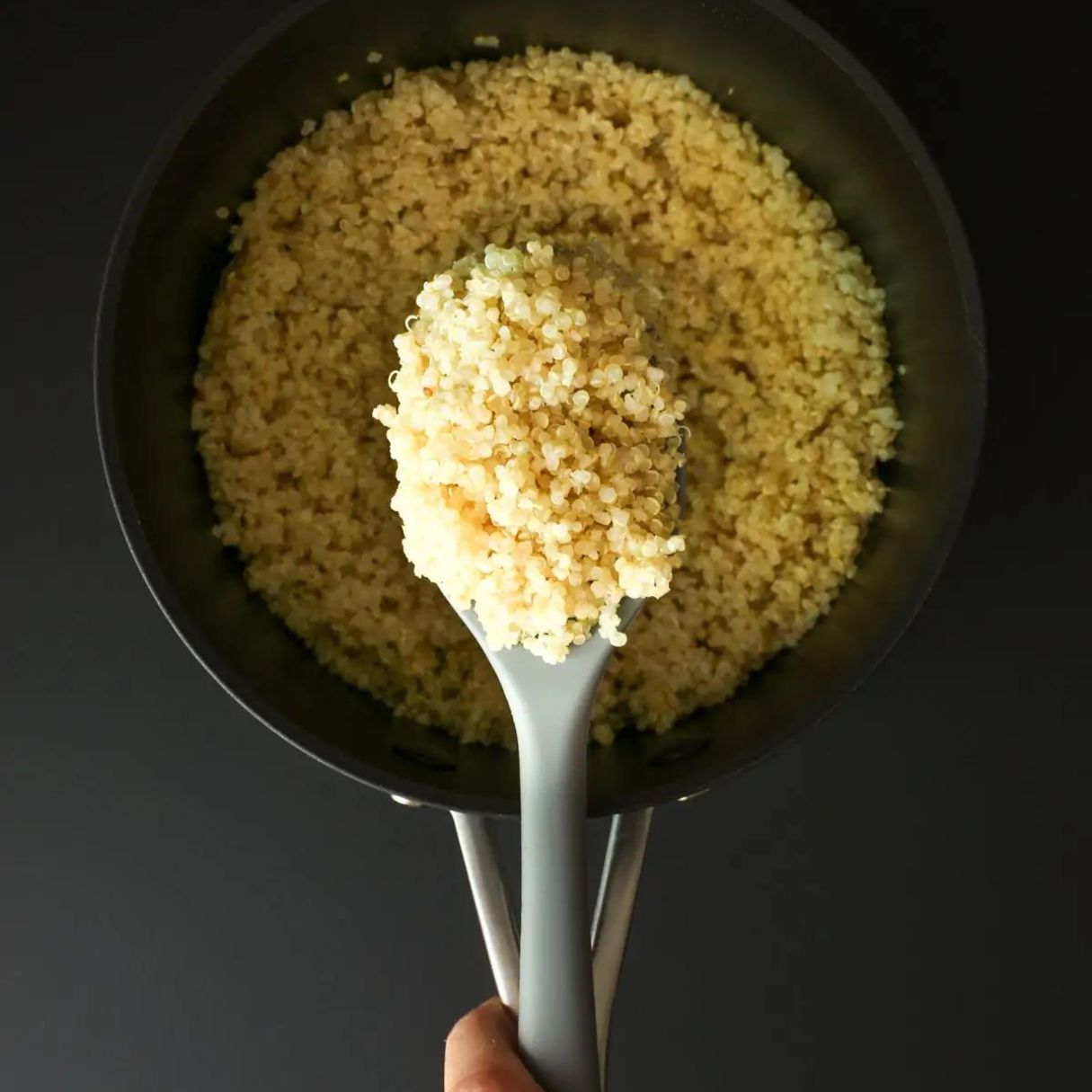
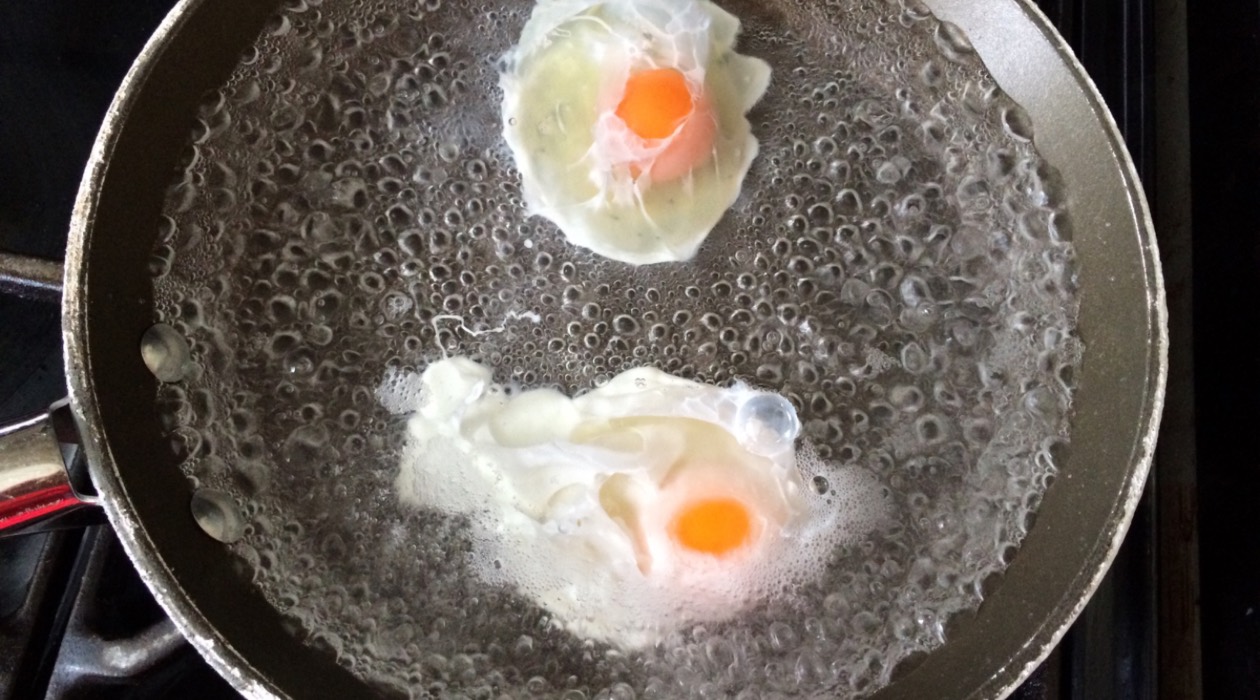
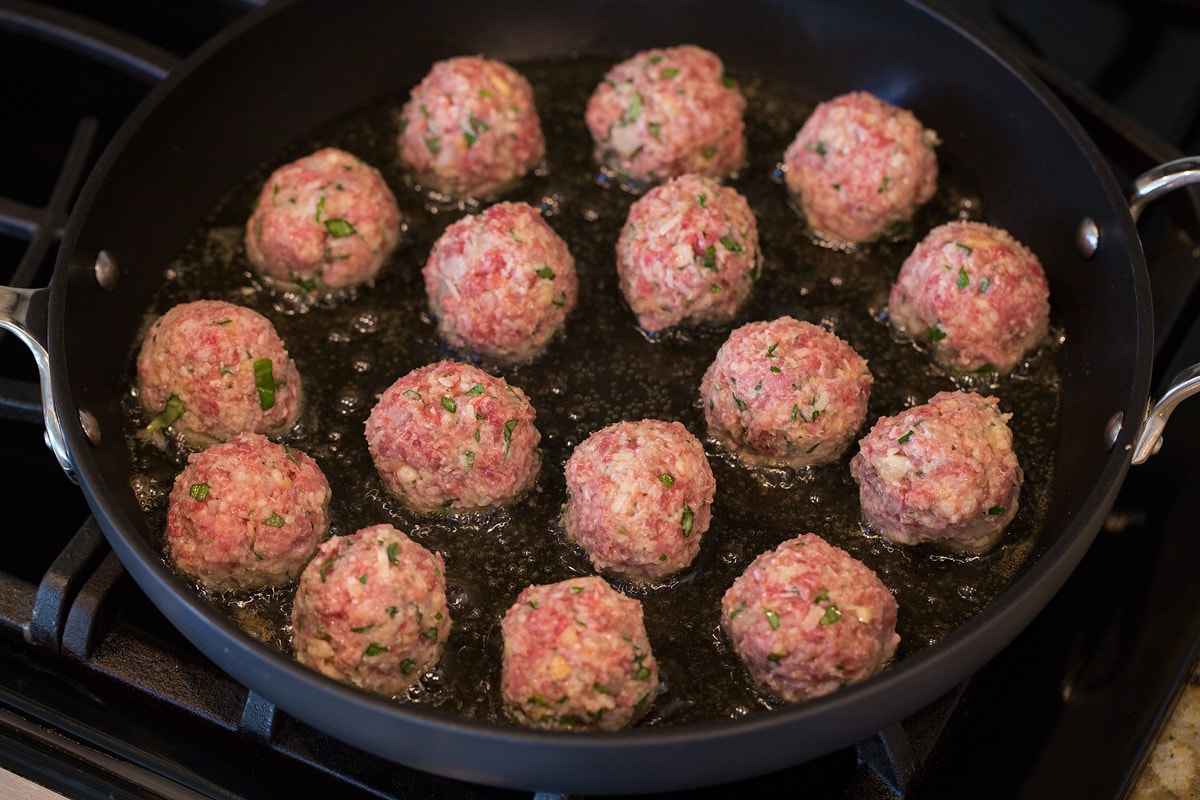
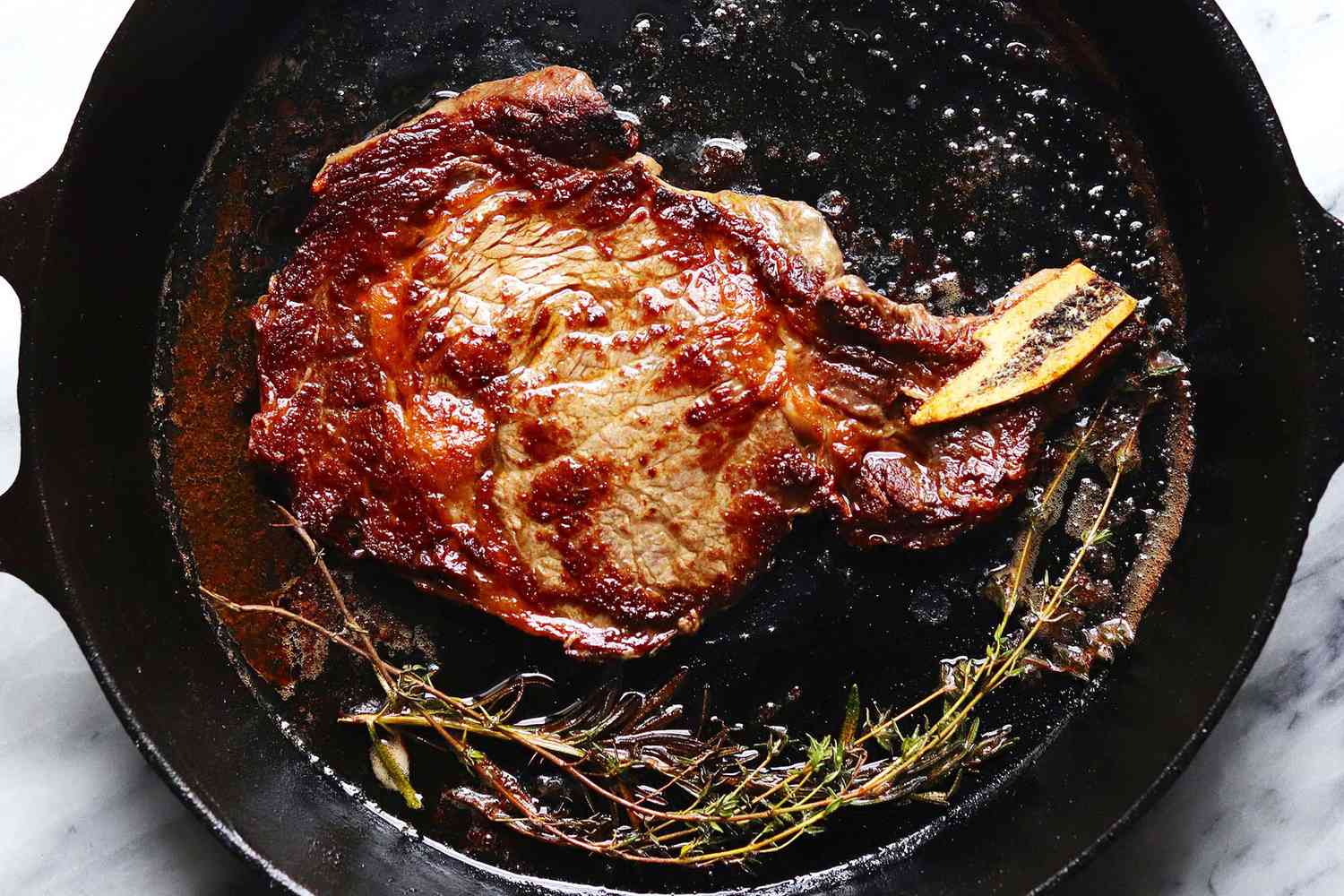
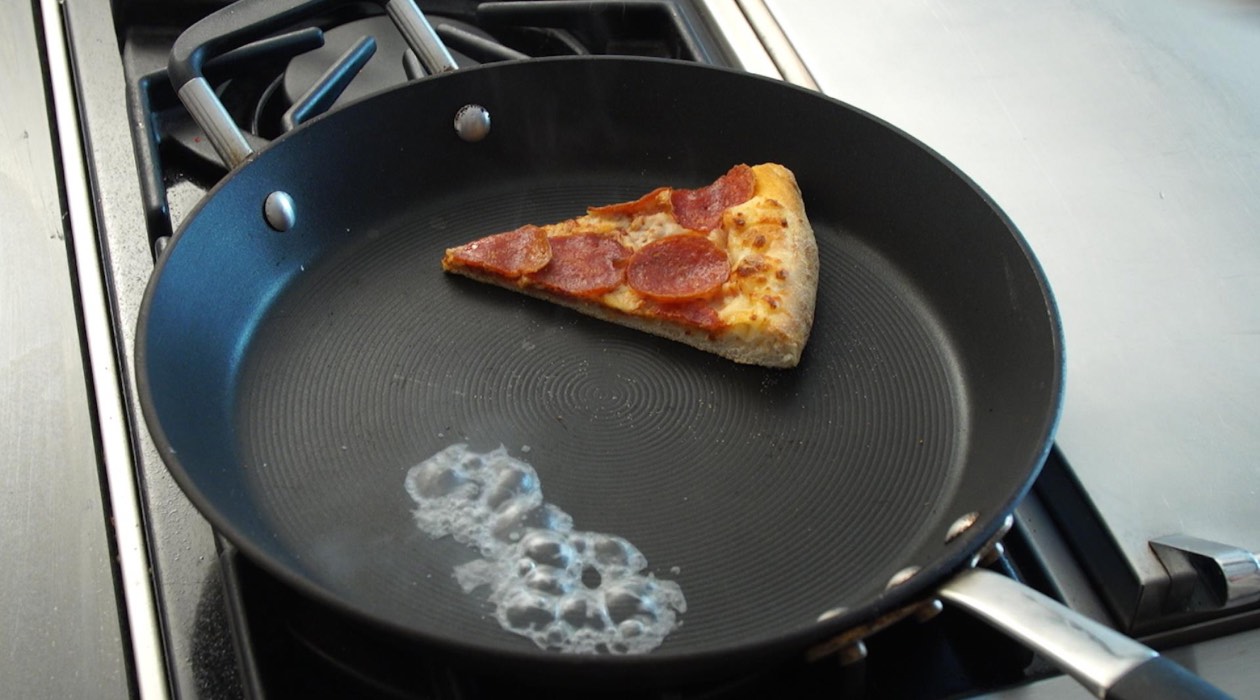
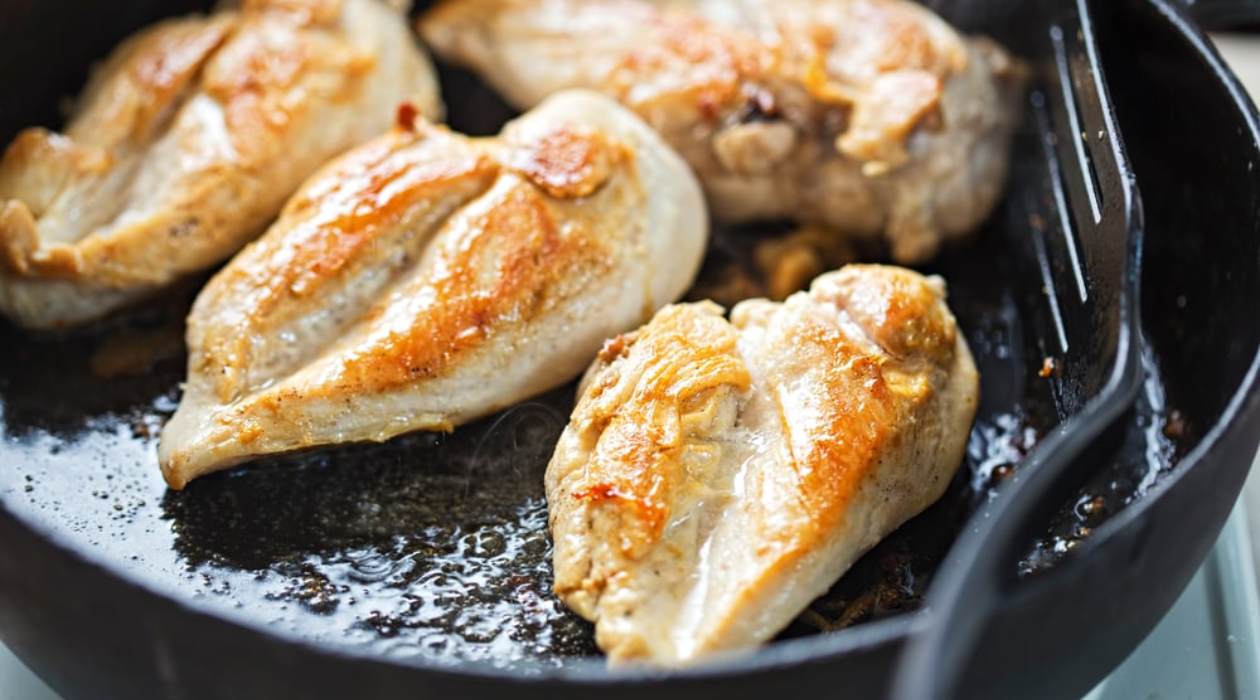

0 thoughts on “How To Cook Pork Loin On Stove Top”